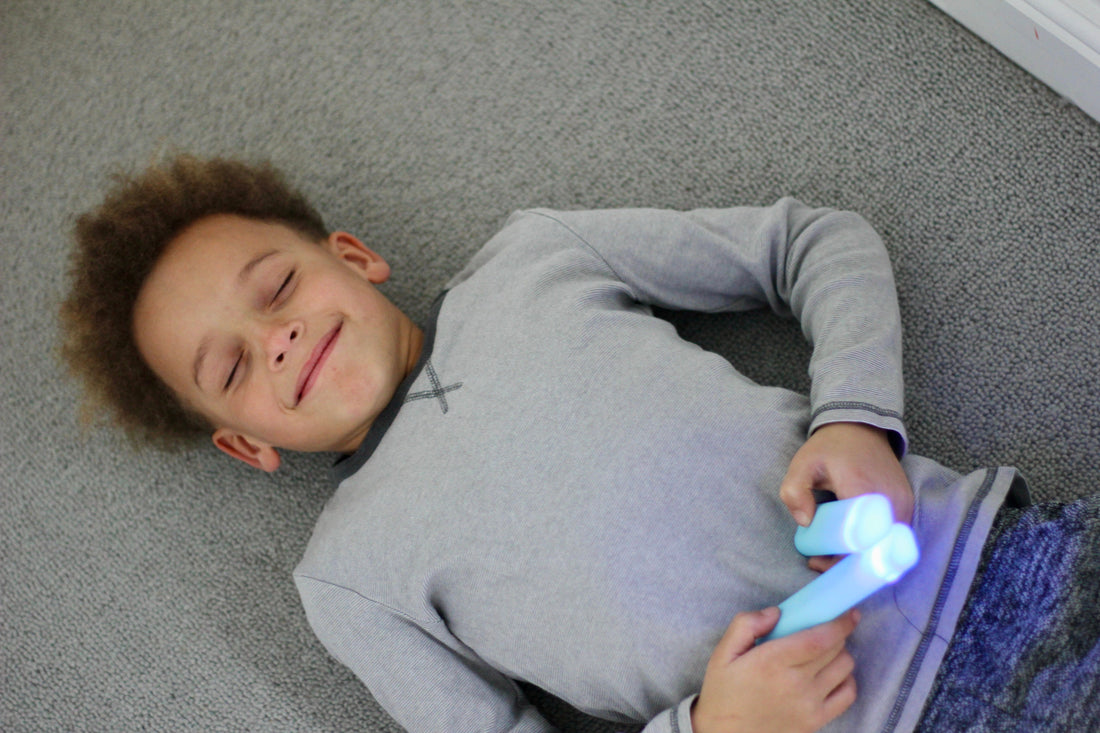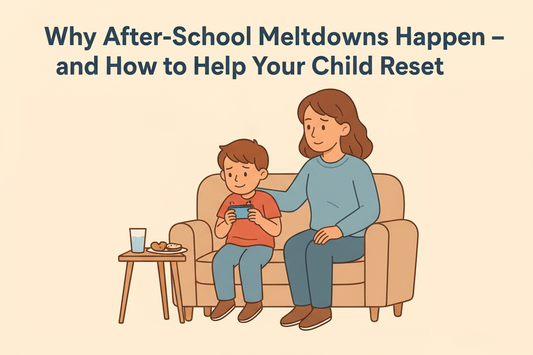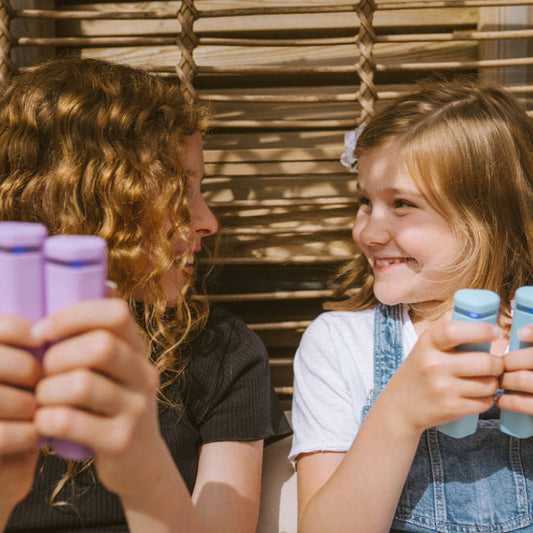How to introduce Stix to your kids

Introducing your child to something new can be exciting, but sometimes, even the most innovative tools take a little time to click.
Some kids start using Stix from the day they get them, others can take a bit more time to understand why they should use them and how they'll help
Many kids need a gentle introduction to get started. Here are some practical tips to make the experience fun, engaging, and stress-free.
1. Start Together
Children often learn best by example. Join your child for the first few sessions and show them how enjoyable Stix can be. Let them explore the app after the activity so they can use their well earned rewards and customise their monster character - this exploration will be a positive part of the feedback loop to encourage them to come back tomorrow.
2. Keep It Short, fun and routine based
Begin with just 1 or 2 short activities per day at a consistent time of the day. Consistency helps kids know what to expect.
When would get the most benefit from Stix? Do they struggle at bedtime? Do they need something to help them unwind from school? Try using Stix at the same time each day to help them build a routine.
Also, we recommend avoiding introducing Stix to your children whilst they're in the red or blue zone of regulation - if they're angry, sad, upset - then they may not want to use Stix and it could backfire.
4. Make It Playful and Celebrate Small Wins
Frame activities as a game or challenge rather than a lesson. Let your child explore and experiment - this makes mindfulness feel like fun instead of a task.
Recognise progress, no matter how small. Praise your child, share achievements, or even add little rewards to keep motivation high.
6. Adapt the Environment
Set up a calm, comfortable space free from distractions. A cozy corner, dim the lights, and reduce distraction as much as possible. Also, they might feel self conscious practicing Stix with someone else in the room, so if you think they ned space, give them space - This can make a huge difference in your child’s engagement.
7. Match Your Child’s Personality
Every child is different. High-energy kids may enjoy movement-based activities first, while more reflective children might prefer quiet, seated sessions. Find what resonates with your child by testing out the range of activities.
8. Don’t Be Forceful
It’s important not to push your child. If they resist, take a break and try again later. Forcing it can create negative associations and reduce interest.
Conclusion:
Getting started with Stix is all about patience, play, and a little experimentation. With these tips, you can help your child develop a positive and lasting relationship with mindfulness—and discover the benefits of Stix together.



